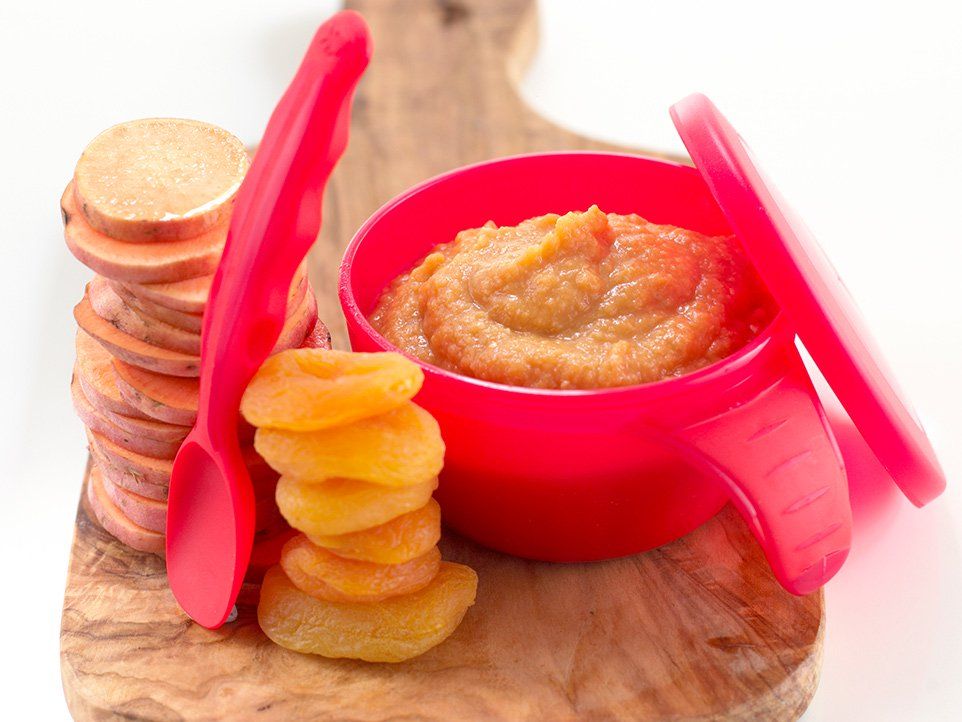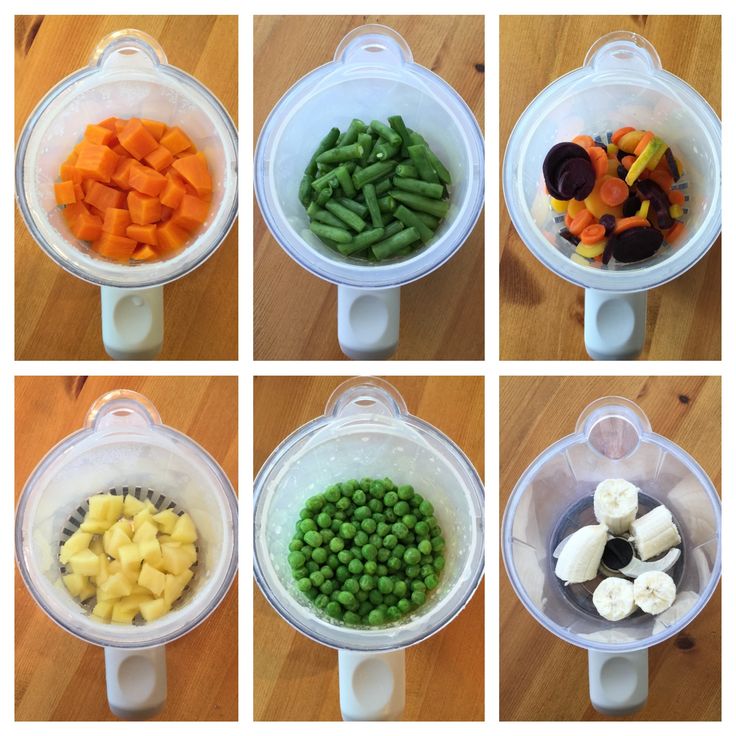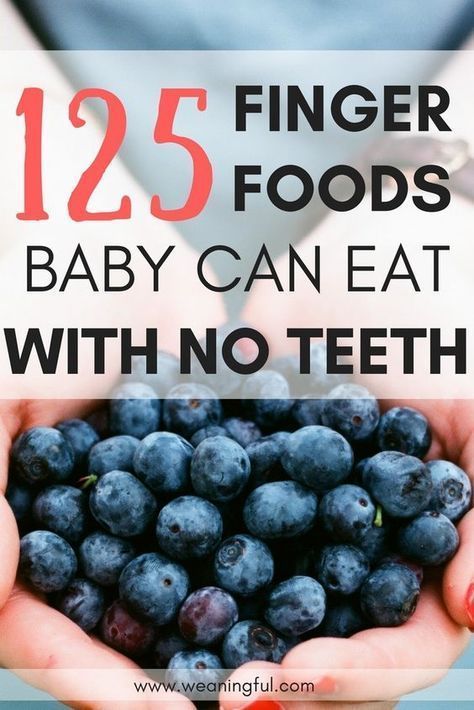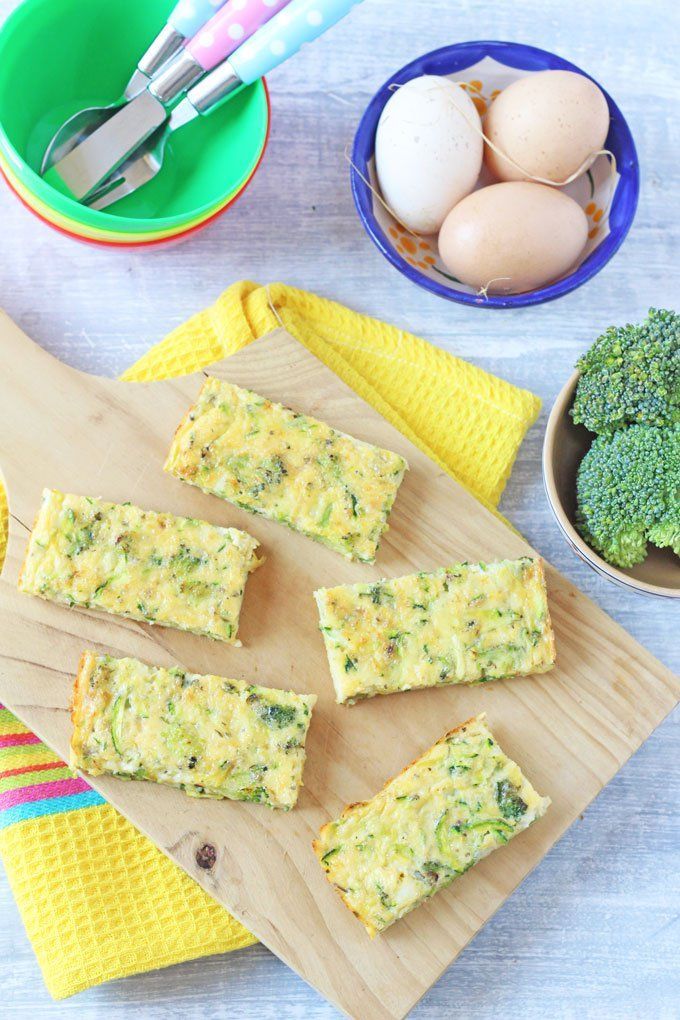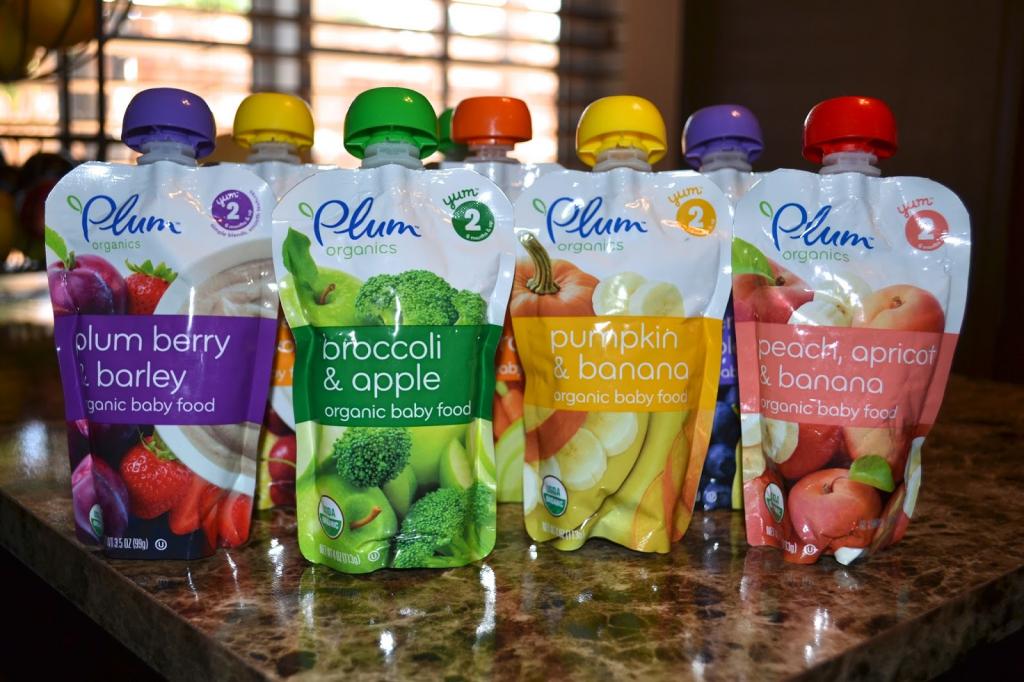Apricot chicken baby food
Apricot Chicken (3 Ingredients) - Baby Led Weaning Ideas
Jump to Recipe
This recipe has no ratings just yet.
Apricot Chicken
3 Ingredient Apricot Chicken recipe for the whole family. Super healthy and easy to make with little ingredients. The sweetness of the apricots combined with juicy chicken thighs make a delicious and nutritious dinner. Chicken thighs are the most tender part of the chicken and has the most amount of iron in it. Great for BLWers!
By: Rachael Tucker
Ingredients
- 600grams chicken thighs (approx 6 chicken thighs)
- 1x can of apricot halves in juice (approx 411grams) OR if apricots are in season opt for 8 soft over-ripe fresh apricots
- 1x large brown or red onion
Directions
- Step 1 Prep: Finely chop up 1 large onion, separately cut up all the chicken thigh into 5-7cm slices (for 6-9month old babies) OR small cubes of chicken (for older bubs 9m+).
- Step 2 Cook: Pour some olive oil into a fry pan (make sure the fry pan has a lid for later), once hot place onions in until soft, once then place all chicken in until cooked, then add the canned apricots (with juice) or fresh apricots into the pan and combine. Place the lid on the pan and leave to simmer for 5 minutes.
-
Step 3
Now remove lid and use the back of a fork or spoon to squash all the apricots, place lid back on again and leave to simmer for 15 to 30 minutes so the chicken soaks all the juices up making the chicken soft and tender.
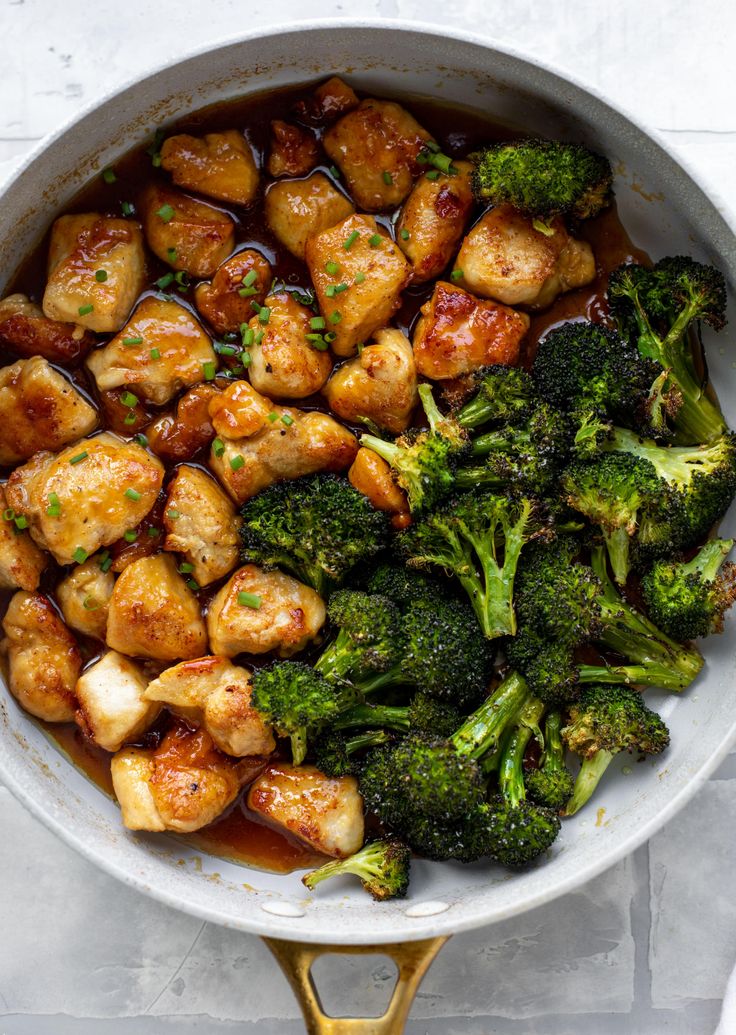 The juice will start to thicken up a little to become a lovely casserole dish.
The juice will start to thicken up a little to become a lovely casserole dish.
- Step 4 Ready to serve to the family and your baby led weaner. What to serve it with? serve this dish with sushi rice (its nice and sticky so you can create rice balls, for your baby led weaner can pick it up!) or/and steamed vegetables (broccoli is our favourite!)
-
Step 5
For 6-8 month olds: serve a couple of pieces of chicken (approx 7cm long so baby can pick it up) and a sushi rice ball with some apricot sauce mixed in or on top and 1 stem of broccoli. For 8 month old+ offer small pieces of chicken cut up so bub can practice their pincer grip, alongside sushi rice balls with some apricot sauce mixed in or on top and a couple of stems of broccoli.
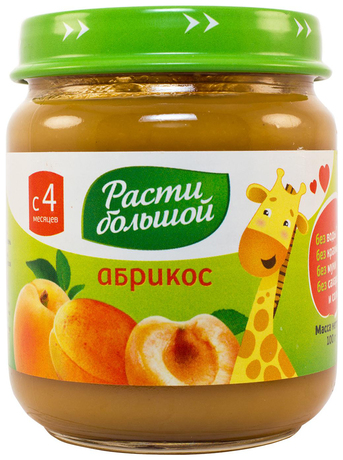 This recipe is also freezer friendly for up to 3 months.
This recipe is also freezer friendly for up to 3 months.
Related Posts
apricot and chicken purée - Béaba USA
View all posts filed under Recipe by Age By Age5-6 Months6-9 months7-9 months10-12 months12-18 months18 months+
View all posts filed under Recipe by Ingredient By Ingredient1/2 limeacaiacai pureeagaveagave nectarall purpose flouralmond butteralmond flouralmond milkalmondsappleapple cider vinegarapplesapplesauceapricotsartichokeartichoke heartsasparagusasparagus spearsavocadobaby carrotbaby carrotsbaby cerealbaby formulababy spinachbaking powderbaking sodabananabananasbananas, slicedBanza chickpea pastabartlett pearbasilbasil leavesbeansBeefbeetsberriesblack beansblack cherriesblack pepperblack plumblack riceblack sesame seedsblackberriesblackberries (or mixed berries)blood orangeblue majikblueberriesblueberries or blackberriesblueberrybok choy, choppedbreadbreadcrumbsbreast milk or formulabrewed espressobroccolibroccoli floretsbrown ricebrown sugarbrussels sproutsButterbutter or coconut oilbutter, cut into 1/4 inch cubesbuttermilkbutternut or acorn squashbutternut squashcacao powdercannellini beanscantaloupecardamomcarrotcarrotscashewscauliflowercayenne peppercelerycelery stalkschamoycheddar cheesecheesecherriescherry tomatoeschervilchestnutchia seedschick peaschickenchicken breastchicken breast, cubedchicken brothchickpeaschili powderChinese cabbagechiveschopped red onioncilantrocinnamoncinnamon and/or nutmegClamatocoarse sea saltcoarse sea slat flakescocoa powdercocoa powder (unsweetened)coconutcoconut aminoscoconut creamcoconut flour or flour of choicecoconut meatcoconut milkcoconut oilcoconut oil or buttercoconut sugarcoconut sugar or brown sugarcoconut watercoconut water or milk of choicecoconut yogurtcodcod filletcollard greenscontainer non-fat Greek yogurtCooked beetscooked hamcoriandercorncorn flakes (no sugar)corn kernelscottage cheesecouscouscranberriescranberry juicecream cheesecreamy peanut buttercréme fraichecrumbled feta cheesecrushed tomatoescucumbercumincured spanish chorizocurrycurry powdercurry powercute into cubesdark chocolatedatesde-boned salmondiced bacondiced tomatoesdilldried apricotsdried basildried cranberriesdried dilldried figsdried lavender budsdried parsleydried white beansdurianedamameeggegg whiteegg whitesegg yolkeggplantEggselbow pastaendivesevaporated milkextra virgiin olive oilextra virgin olive oilfava beansfennelfeta cheesefeta cheese crumblesflat-leaf parsleyflaxseedflourflour or vanilla protein powderformula, breast milk or creamfresh basil leavesfresh blueberriesfresh cherriesfresh chivesfresh cilantrofresh coconut meatfresh cranberriesfresh dillfresh garlicfresh gingerfresh ground peanutsfresh ground pepperfresh lemon juicefresh lime juicefresh mintfresh mint leavesfresh mint, dill or cilantrofresh parmesanfresh parsleyfresh peachesfresh peppermintfresh pumpkinfresh rapsberriesfresh raspberriesfresh salmonfresh spinachfresh strawberriesfresh thymefrozen bananafrozen bananasfrozen bananas, slicedfrozen dragon fruit (pitaya)frozen peasfrozen pineapplefrozen strawberriesfull-fat coconut milkgaram masalagarlicgarlic clovegarlic clovesgarlic powdergarlic powder or 1/2 clove of garlicgingergingerbread spicegoat cheesegolden beetsgooseberriesgraham crackersgranny smith appleGreek gourygreek yogurtgreen applegreen beansgreen oniongreen pepperground cardamomground cinnamonground cinnnamonground clovesground corianderground cuminground flax seedground flaxseed or ground chiaground gingerground nutmegground nutmeg or cinnamonground sea saltground turkeyground white pepperguavahaddock fillethalbuthamheavy creamHoneycrisp applehoneydewice cubesItalian dressingjalapeñojalepenokalekiwikumquatsLamblarge carrotLaughing Cow cheeseleekleeksleeks (white parts only)lemonlemon juicelemon slicelemon zestlentilslettucelimelime juicelimesloosely packed kalelycheesmangomango, choppedmangosmaple syrupmatcha powdermedium tomatoesMexican lagermilkmilk of choicemilk of choice or carrot juicemilk or formulamini mozzarella ballsmintmint leavesMix-In Packmixed berriesmolassesmonterey jack cheese blendmozzarella cheesemuesli oatsmushroomsnectarinenon-fat Greek yogurtnoodle of choicenopal/prickly pears (washed, outer skin and seeds removed and cubed)nutmegnutritional yeastoat flouroat milkoatmealoatsof 1-2 horned melonsof one lemonokra podsolive oilolive oil or avocado oiloniononion powderonionsorangeorange juiceorange pepperorange zestoreganoorzopapayapaprikaparmesanParmesan cheeseParsleyparsnipPastapeachpeach or kumquatpeach or nectarinepeachespeanut butterpearpearspears or applespeaspeeled applespeeled carrotspepperpersimmonspine nuts or walnutspineapplepineapple (preferably frozen)pitted datesPlain Cream Cheeseplain greek yogurtplumplum tomatoplum tomatoesplumspomegranate seeds (fresh or frozen)pork tenderloinpotatopotatoespotatoes, cubedpowdered sugar for toppingprepared formulapumpkinpumpkin pie spicePumpkin pureepumpkin pureeepumpkin spice seasoningpurple (Benimo) sweet potatopurple cabbagepurple carrotspurple cauliflowerpurple potatoespurple sweet potatoesquick-cooking oatsquincequinoaraisinsraspberriesraw chia seedsraw chickenraw honeyraw pecansraw unsalted cashewsraw walnutsred bell pepperred onionred pepperred pepper flakesred peppersred potatored seedless grapesrhubarbricericottaripe bananaroast turkeyrolled oatsroquefort cheeserose waterrosemarysage leavessalmonsaltSalt & peppersalt & pepper to tastesalt and peppersalt and pepper to tastesalt to tastescallionssea saltsea salt and pepper to tasteseasoned bread crumbssemi-sweet or dark chocolate chipssemisweet chocolatesesame oilsesame seeds to garnishshallotshallot, mincedsharp white cheddarsherry vinegarShiitake mushrooms, slicedshortbread cookie or biscuitShredded Mozzarellashrimpskim milkslivered almondssmall onionsmall sweet potatosoy saucespinachsplash of watersquashstale breadstarfruitSteviastrawberriessugarsugar or natural sweetenersugar pumpkinsugar, dividedsugar/nautral sweetenersummer squashsunflower oilsweet applesweet applessweet paprikasweet potatosweet potato or yacónsweet potato, cubedsweet potatoessweetened condensed milkswiss chardTabasco saucetahinitajintamarind candy strawstamarind pastetarragontender kale leavesthin crust pizza doughThymetomatotomato pastetomato saucetomatoestoppings of choice (we love coconut, chia seeds and almond butter for toddlers and adults!)tortillatumericturkeyturkey, white meat onlyturmericturnipturnipsugli fruit juice or guava juiceuncooked beetunsalted butterunsweetend coconut flakesunsweetened cocoa powderunsweetened coconutunsweetened coconut milkunsweetened vanilla almond milkvanillavanilla bean extractvanilla bean podvanilla extractvanilla Greek yogurtvanilla yogurtvealveegetable brothvegan chocolatevegetable brothvegetable oilvegetable stockvegggie stockveggie brothwalnut oilwalnutswarm waterwaterwater, breast milk or stockwater, pineapple juice, or milk of choicewatercresswatermelonwheat flourwhipped toppingwhite beanswhite chocolatewhite mushroomswhite onionwhite or brown ricewhite potatowhite sugarwhole milkwhole wheat flourWhole wheat shell pastaworcestershire sauceyamyellow bell pepperyellow onionyellow onion, choppedyellow pepperyellow squashyogurtyoung spinachZa'atarzucchinizucchini, sliced
View all posts filed under Recipe by Type By TypeAppetizerBreakfastDessertDrinkMainMain DishSideSnackFishFruitsGrainsItalianMediterraneanPorkPoultrySweetsThaiVegetarianVeggies
//in 10-12 months, 12-18 months, 7-9 months, Homemade Baby Food Recipes | BÉABA USA apricots, raw chicken Main, Main Dish, Side Fruits, Poultry 0 stars /by BeabaA healthy dose of protein and fiber all in one little serving!
- Course Main, Main Dish, Side
- Cuisine Fruits, Poultry
A healthy dose of protein and fiber all in one little serving!
Ingredients
Instructions
- Put the apricots and chicken in the steamer basket.
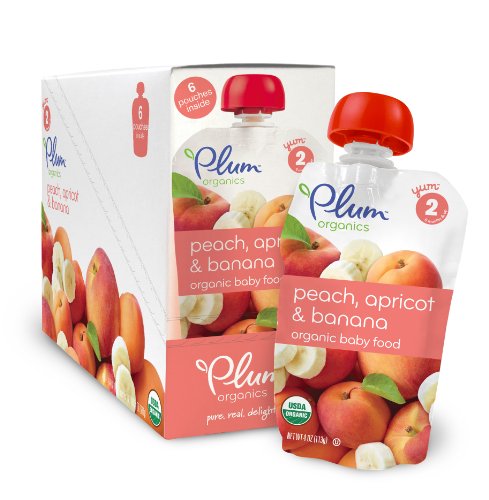
- Pour water into the tank (level 3).
- Start the cooking process.
- When the apricots and chicken are cooked, put them in the blending bowl, reserving the cooking liquid.
- Add some of the cooking liquid to bring the purée to the desired consistency and blend.
Recipe Notes
As always, please check with your pediatrician before introducing new foods to your baby.
Share this entry
Apricot puree with chicken - Encyclopedia Baby food
10-12 months Gluten-free Dairy-free Flour-free Sugar-free Egg-free Boil Meat Low-calorie Lunch Snack Cooked Puree Recipes Dinner Fruits and berries with chicken, an interesting simple recipe that will give a sea of new tastes to the baby.
Usually we try not to combine fruit and meat in our everyday cuisine. And we refuse interesting combinations with which it is necessary to acquaint our kids. The chicken is introduced into the baby's diet at 12 months, by which time the child is well acquainted with the apricot, which he eats either in pieces or already cut into slices.
The simplest baby puree is prepared with only 2 ingredients - chicken and apricot. But you can cook it more complicated by adding rice or potatoes, or both rice and potatoes, onions and carrots, you get an original soup that can already be given at 12 months. Only if the number of ingredients increases, then the amount of apricot puree in the composition of the dish decreases.
In adult cuisine, chicken is cooked with apricots and spices and served with rice or pasta.
Serves: servings
Instructions
-
Steam apricots and chicken fillets.
-
Combine apricots and chicken fillet in a bowl and beat with a blender until smooth.
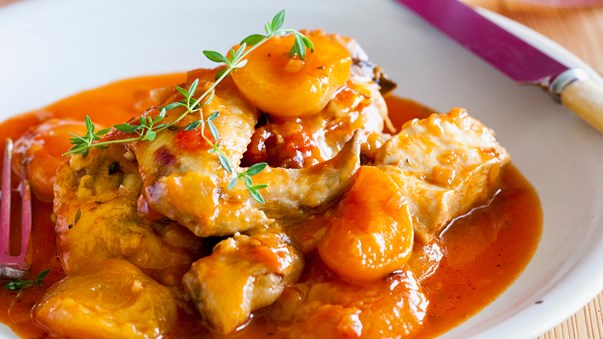 If the child eats well in pieces, then beat lightly so that you can chew.
If the child eats well in pieces, then beat lightly so that you can chew. -
To make baby puree not too thick, you can add a little chicken broth or formula or breast milk, whatever is available.
-
It's easier to cook everything on fire. Do not forget that the meat for the child is boiled in a secondary broth.
We are not afraid and add me to VK and Odnoklassniki, Instagram!
Like this article? Subscribe to site updates
"Encyclopedia Baby Food"!
Don't forget to bookmark us! (CTRL+SHIFT+D) Subscribe to the site, comment, share in social networks.
On our site Encyclopedia Baby Food there is useful information on the nutrition of your children, which is useful for everyone, and we update the site "Encyclopedia Baby Food" constantly and try to search and write only excellent, verified and necessary information for you and your children.
Disclaimer No.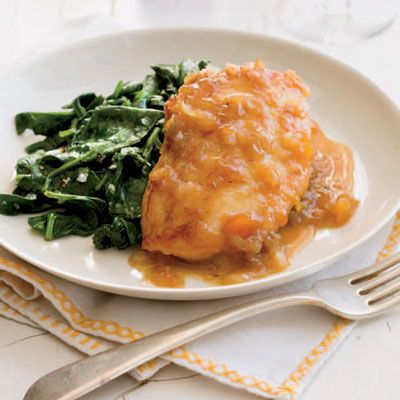 1: It must be understood that the author of the articles on the Baby Food Encyclopedia website is not a medical staff, “I am not a doctor.” The information I share is based on my own experience. My goal is not to teach you how to eat or feed your child, but to talk about how we did it, what new things I learned or read. This expands the picture of Baby Food knowledge, gives you a glimpse of the whole process so you can decide if you like it or not.
1: It must be understood that the author of the articles on the Baby Food Encyclopedia website is not a medical staff, “I am not a doctor.” The information I share is based on my own experience. My goal is not to teach you how to eat or feed your child, but to talk about how we did it, what new things I learned or read. This expands the picture of Baby Food knowledge, gives you a glimpse of the whole process so you can decide if you like it or not.
Disclaimer No. 2 : However, the above does not cancel visiting a pediatrician. Before you start complementary foods, you need to get his professional opinion on the best way to introduce new foods for your baby. I also draw your attention to the fact that you need to look at the original date of the published articles, because some of the "best practices" may have changed. Always check with your child's pediatrician about complementary foods and their health.
Disclaimer #3: Keep in mind that every family is unique, every situation is also completely unique. There are no universal solutions. Only you can find what works best for you. Certain goals require certain sacrifices and priorities - not everyone wants to make those choices, and that's GREAT! Just know what you want to achieve, and be ready to get to work, putting the best of your strength!
There are no universal solutions. Only you can find what works best for you. Certain goals require certain sacrifices and priorities - not everyone wants to make those choices, and that's GREAT! Just know what you want to achieve, and be ready to get to work, putting the best of your strength!
Disclaimer No. 4: On the Encyclopedia Baby Food website, photos from books on baby food with attribution are used to better understand the information (Article 1274, paragraph 1, part four of the Civil Code of the Russian Federation). Literature on baby food is found in the public domain on the Internet.
Apricot puree with chicken
Banan-global puree
Banana puree
borsch
Bousse broth with peas and rice
Botterbrod with kolrabi
Rapid dessert
Sine
Spring cage with green cord Buckwheat porridge with apricots
Buckwheat porridge with banana
Buckwheat pilaf
Children's sausage
Children's milk porridge with banana
Children's vinaigrette
Children's ketchup
Children's cucumber salad
Children's Olivier salad
Children's porridge biscuits
Children's puree of strawberries, bananas, yellow cherries, yoghurt and cookies with cereals
Children's puree with cottage cheese and fruits
Homemade yeast bread with flax flour
Homemade cheese
Homemade pizza
Breakfast outside
Kohlrabi appetizer
Cauliflower roast
Roasted carrots
Roasted carrots and cherries with millet
Winter salad with Jerusalem artichoke
Cabbage with white beans
Canteen-style coleslaw
Mashed potatoes
Quinoa and pumpkin porridge
Quinoa porridge
Breakfast porridge
Quinoa and apple
Strawberry milk
Strawberry puree
Strawberry puree with banana
Di-apple compote 90 Strawberry apple compote
dried fruits steamed in a thermos” for a child older than 8 months
Corn porridge
Corn porridge with pear
Corn porridge with pumpkin
Corn porridge with pumpkin and carrots
Corn porridge with apple and carrots
Chicken liver in the oven
Chicken cutlets with carrots
Chicken with carrots, sweet peppers and potatoes
Navy pasta
Pasta with orange sauce
Pasta with Gremolata
Muffins with vegetables and egg
Young potatoes in their skins 902 Vermicelli soup
Carrot-potato puree
Carrot-rice casserole
Carrot with chicken
Egg and tomato fly agaric
Meat wraps
Meat rolls
Homemade Tarragon drink for children
Vegetable puree with cauliflower and carrots
Vegetable soup with corn semolina
Vegetable soup with cheese and corn semolina
Vegetable soup with spinach
Vegetable soup with bell pepper
Oatmeal porridge
Pollock fritters
Hot fritters bag
Omelet with broccoli and cauliflower
Omelet with spinach and cheese
Omelet pancake
Peach puree
Baked apples 7 months +
Zucchini and carrot pie
Zucchini pie
Rice and zucchini pie
Fish pie
Fish and potato pie
White cabbage pizza
Lavash pizza
Zucchini, tomato and sausage pizza
Tomato and olive pizza
Spinach pizza
Pilaf 90 chicken with green peas and corn
Banana and cherry puree
Banana, cottage cheese and porridge puree 4 cereals
Broccoli (cauliflower) puree
Broccoli, courgette and cauliflower puree
Blueberry puree
Pear puree
Pear and banana puree
Pear and banana puree, baked
Pear and pumpkin puree 7 months +
Pear, pumpkin and peach puree
Pear, apple, plum and prune puree
Blackberry puree
Turkey puree
Zucchini puree
Zucchini and broccoli puree
Zucchini, carrot and potato puree
Quinoa and banana puree
Quinoa and carrot puree
Quinoa, banana and carrot puree
Quinoa and carrot puree902 Quinoa, peach and raspberry puree
Quinoa, cauliflower, apple, pea and mint puree
Quinoa, apple, pear and raisin puree
Quinoa, apple, carrot puree
Rabbit, broccoli and cauliflower puree
Chicken, carrot, potato, apple puree and peas
Raspberry, cherry and banana puree
Carrot puree
Carrot and apple puree
Carrot, potato, broccoli puree with cheese
Carrot, potato, apple and quinoa puree
Carrot, pumpkin, apple and prunes puree
Carrot, apple and potato puree
Turnip and carrot puree
Plum puree
Cottage cheese, strawberry and banana puree
Pumpkin puree
Pumpkin and banana puree
Pumpkin and squash puree
Pumpkin and apple puree
Pumpkin, apple and 902 puree Cauliflower & Broccoli Puree
Cauliflower & Potato Puree
Cauliflower & Rice Puree
Cauliflower & Apple Puree
Cauliflower, Green Pea & Zucchini Puree
Cauliflower, Turkey & Potato Puree
Cauliflower, potato and courgette puree
Cauliflower, carrot and broccoli puree
Cauliflower, carrot, cheese and rice puree
Cauliflower, apple and courgette puree
Zucchini puree
Zucchini and potato puree
zucchini, carrot and apple
Cherry puree
Blueberry puree
Prune puree
Apple, pumpkin, carrot and some curry puree
Apple and pear puree
Apple and strawberry puree
Apple, strawberry and sweet cherry puree
Apple, peach and banana puree
Carrot and pumpkin puree
Cottage cheese and banana puree
Turkey, potato and carrot stew
Zucchini, carrot and broccoli stew
Fish, potato, carrot and broccoli stew
Rice porridge 9029 whole grain porridge
Rice porridge with carrots
Rice porridge with pumpkin
Rice porridge with apples
Rice porridge with apple and pear
Rice porridge with apple and pumpkin
Fish cakes with vegetables
Fish muffins
Ready fish
Fish meatballs with ketchup
Fish soup for baby
Fish soup with salmon and celery
Carrot and kohlrabi salad
Chickpea salad
Chickpea and cabbage salad
Laziest soup Pear and Apple
Oatmeal Smoothie
Sauce in a Pot
Cheese Pizza Sauce
Pea and Bacon Soup
Baked Vegetable Soup
Kohlrabi Soup
Salmon Soup
Cauliflower Soup
Potato and turnip soup
Meatball soup for the picky eater
Kohlrabi puree with green apple
Rabbit, pumpkin, potato, broccoli and cauliflower soup
Beetroot puree
Pumpkin puree with mushrooms
Broccoli and celery soup
Pork soup/stew with potatoes and carrots
Cheese pasties
Pumpkin cheese sauce (Annabelle Carmel recipe)
Buzz Lightyear sandwich
Pumpkin-apple puree
Pumpkin-apple juice
Pumpkin cupcake
Pumpkin-puree
Fruit salad
Fruit salad with Mango
Bread Lavash
Cauline Caucasus with cheese
Tea linden and thyme
apple-9000 9000 9000 9000 9000 9000 9000 9000 9000 9000 : Apricot puree - Encyclopedia Baby food Levchuk Victoria ©
Apricots are a useful product for a growing child's body. It contains many vitamins, minerals, fiber, carotene, pectin, tannins. They are a mild laxative and an excellent antioxidant. Apricots have a fragrant and sweet taste. Ripe fruit can be: yellow, orange and reddish in color. They promote health by providing the body with strength and energy. Apricots spoil very quickly and are usually harvested when not ripe.
It contains many vitamins, minerals, fiber, carotene, pectin, tannins. They are a mild laxative and an excellent antioxidant. Apricots have a fragrant and sweet taste. Ripe fruit can be: yellow, orange and reddish in color. They promote health by providing the body with strength and energy. Apricots spoil very quickly and are usually harvested when not ripe.
What is an apricot?
Contents:
Apricot is a fruit tree of the Plum genus of the Rosaceae family. The fruits of the tree are edible, they are also called apricots.
The most common type of this fruit throughout the world is the common apricot. This species includes most of the known varieties. There are 54 varieties of apricot in Russia. All of them are included in the State Register of Breeding Achievements.
Fruit ripening is due to climatic conditions. In the Mediterranean, apricots begin to ripen from March. In June, ripe and juicy apricot fruits can be enjoyed in Armenia and the Middle Caucasus. In Central Asia, apricots can be harvested at the end of June and July. In hilly areas in the upper zones, the harvest ripens a month later, and in the lower zones, the fruits ripen a month earlier.
In Central Asia, apricots can be harvested at the end of June and July. In hilly areas in the upper zones, the harvest ripens a month later, and in the lower zones, the fruits ripen a month earlier.
In the southern parts of our country, early varieties of apricots are harvested at the end of June. Mid-season varieties ripen in mid-July. And late varieties in the Krasnodar Territory and Crimea ripen by the end of July.
History of the apricot
The first mention of the apricot is in the Chinese chronicles of an emperor who lived 2200 BC. According to one version, the apricot originally appeared in China, in the Tien Shan region, and then spread to Central Asia, then to Europe. However, the homeland of the apricot has not been precisely established. According to another version, the birthplace of the apricot is sunny Armenia. In Russia, apricot appeared in the 17th century. This fruit was brought to our country from Western Europe.
Benefits of apricot in baby food
Apricot has a beautiful orange color, which means that it is rich in beta-carotene, which the child's body converts into vitamin A.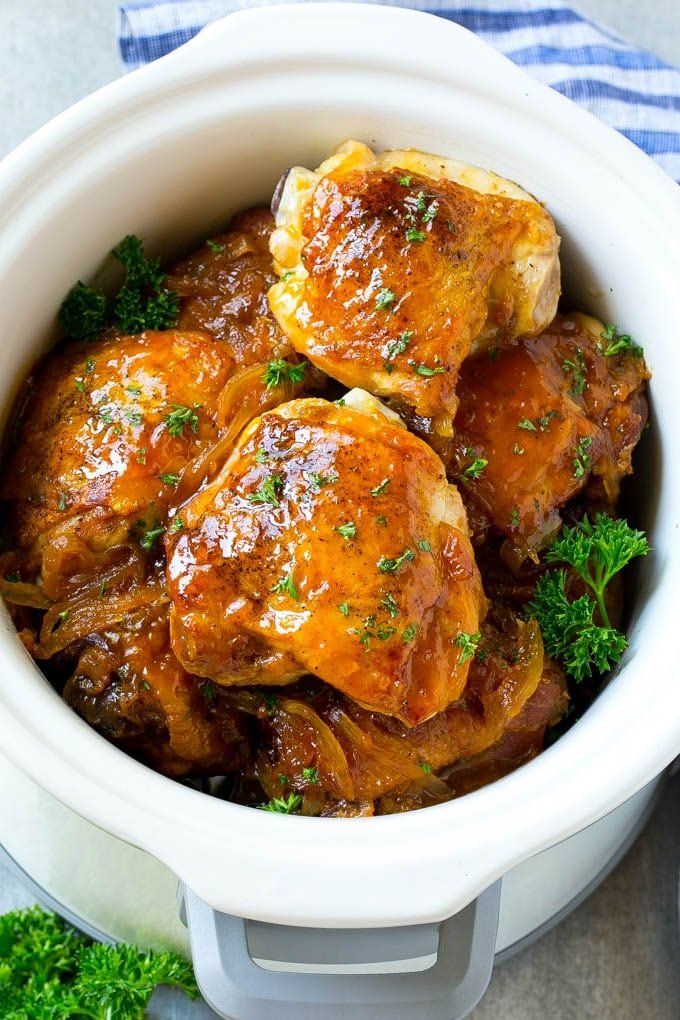 But that's not all - apricots provide the child with a lot of vitamin C, as well as a lot of minerals, including iron and potassium.
But that's not all - apricots provide the child with a lot of vitamin C, as well as a lot of minerals, including iron and potassium.
The high levels of antioxidants in apricots help protect the body from various types of cancer and heart disease, and its high fiber content makes apricots very effective against constipation. Fiber stimulates the intestines, causing a mild laxative effect.
The laxative effect of apricots - especially dried apricots - can be quite strong. If parents want to use apricot to relieve constipation, then only a little should be offered at first, and gradually increasing the amount until the baby goes to the toilet. Giving your child too much apricot or apricot-based products at one time can cause a nasty bout of diarrhea .
minerals and vitamins apricot
Apricot fruits have a beneficial effect on digestion, help in the fight against flatulence and the treatment of dysbacteriosis.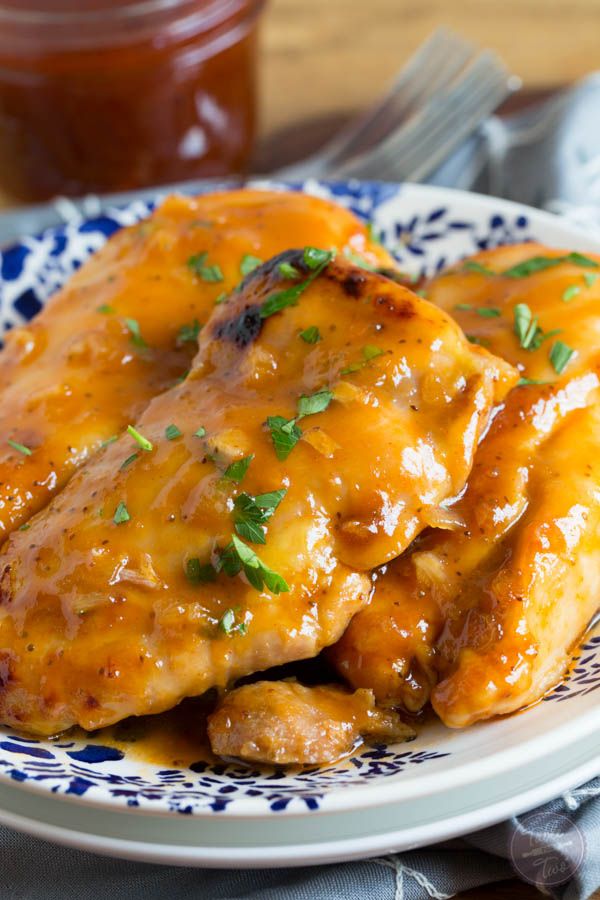 Also, these fruits have the best effect on the nervous system. Apricots have a useful vitamin composition:
Also, these fruits have the best effect on the nervous system. Apricots have a useful vitamin composition:
- calcium forms and strengthens bones;
- magnesium normalizes metabolic processes;
- potassium normalizes the work of the heart;
- iron enriches the blood with oxygen, and also increases the level of hemoglobin, participates in the process of blood formation;
- phosphorus restores cells, activates the brain;
- ascorbic acid helps strengthen the immune system;
- carotene improves the appearance of hair, nails and skin;
- B vitamins help absorb iron.
In baby food, apricots are used as complementary foods, in the form of puree. This is a healthy and dietary product. Complementary foods will be prescribed by a pediatrician when the baby is six months old. Usually the baby gets acquainted with apricots at about 8-10 months, but everything is at the discretion of the parents. Since the introduction of this fruit into complementary foods depends on the season. If the baby is more than six months old during the apricot harvest period, then you can safely introduce the baby to the fruit. However, it must be borne in mind that the baby should be familiar with vegetables and at least one less allergenic fruit, for example, an apple. Only then is it worth introducing him to the apricot. We also take into account the peculiarity of the fruit - its laxative effect and at first we give a small amount to understand how the baby will react to the product.
If the baby is more than six months old during the apricot harvest period, then you can safely introduce the baby to the fruit. However, it must be borne in mind that the baby should be familiar with vegetables and at least one less allergenic fruit, for example, an apple. Only then is it worth introducing him to the apricot. We also take into account the peculiarity of the fruit - its laxative effect and at first we give a small amount to understand how the baby will react to the product.
Approximately in July, August, fresh apricots, ripe according to the season, appear on sale. Therefore, it is better to make puree yourself. You can make it from dry apricots, that is, dried apricots, only the quality of this puree is much worse.
Feeding Recommendations
If you are introducing this product to your child's diet for the first time, to avoid allergies, you should start complementary foods with half a teaspoon, gradually increasing to 50 or 100 grams.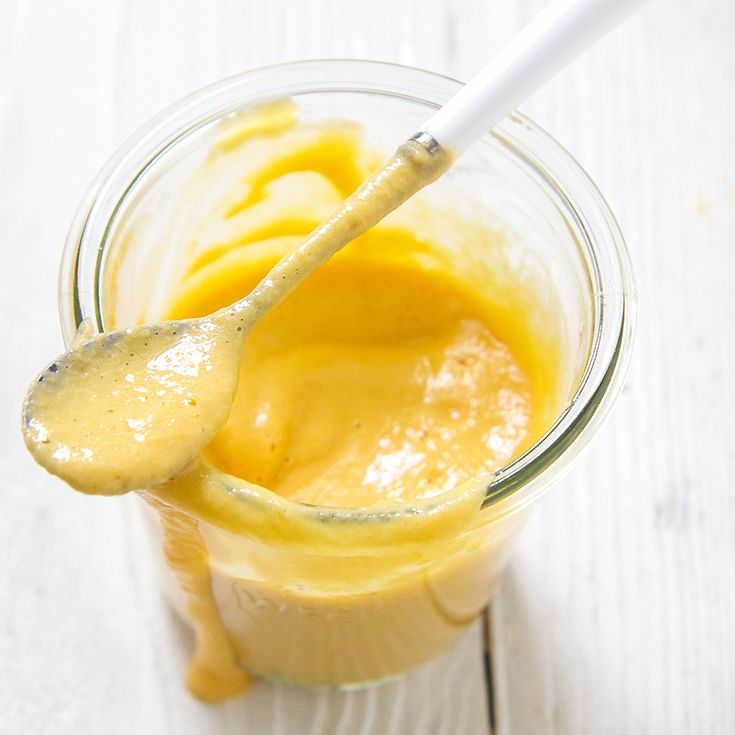 If the child refuses to eat, you can add a little breast milk or baby food to the puree. If it is not possible to prepare mashed potatoes yourself, you can buy ready-made products in jars for baby food. For their preparation, only proven products are used. They are produced as a separate product - apricot puree, and can be combined with other fruits and additives, for example:
If the child refuses to eat, you can add a little breast milk or baby food to the puree. If it is not possible to prepare mashed potatoes yourself, you can buy ready-made products in jars for baby food. For their preparation, only proven products are used. They are produced as a separate product - apricot puree, and can be combined with other fruits and additives, for example:
- apricot and apple;
- cottage cheese and apricot;
- apricot and cream;
- oatmeal and apricot;
- banana and apricot;
- peach, apple and apricot and others.
These recommendations will help mothers to pay attention to the benefits of complementary foods and how to prepare them at home.
Apricot should be given to a baby up to 12 months in processed form, after which you can introduce him to fresh fruit. But the first time the fruit will need to be peeled. It is easy to do this, we sharply lower the apricot into boiling water, then put it into ice water, the skin will peel off by itself.
It is also an ideal fruit if picked from a naturally ripened tree. But apricots reach the market ripened in a box, i.e. they are plucked while still green, they ripen on the way to the market. Which is very inconvenient for the introduction of complementary foods, since the baby will not receive a huge amount of vitamins. Therefore, it is necessary to look for local apricots or from nearby settlements. I also draw your attention to the fact that many fruit trees were planted as landscaping in Russian cities earlier. Therefore, you can just go on a "hunt" with the baby. I don’t know about you, in our city in quiet peaceful courtyards you can find cherries, cherries, apricots, blackberries, nuts, etc. Moreover, when seeing a mother with a baby, compassionate grandmothers can take out a ladder to make it easier to collect.
apricot complementary food
Allergy to apricot
Reaction to apricot is rare, but it happens. There are two types of apricot allergy.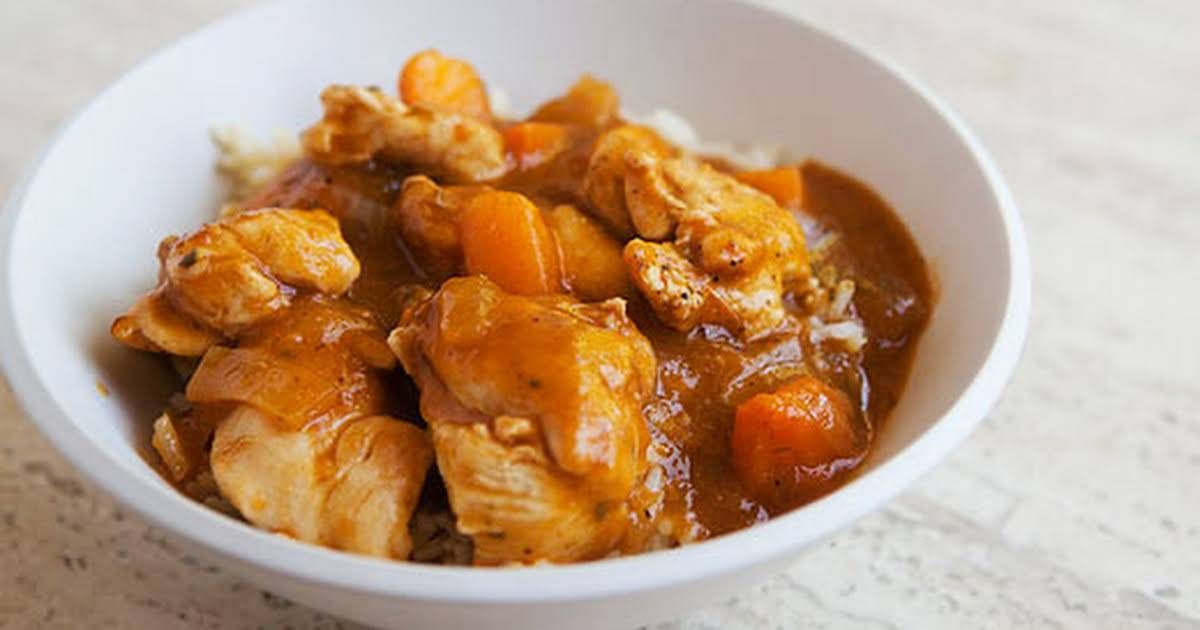 One (with less severe symptoms) is associated with birch pollen allergy. People with this type of allergy can often eat cooked apricots, but not fresh ones.
One (with less severe symptoms) is associated with birch pollen allergy. People with this type of allergy can often eat cooked apricots, but not fresh ones.
The second type of allergy (with more severe symptoms) is associated with peach allergy. People with this type of allergy usually cannot eat apricots in any form. If a child has already been diagnosed with an allergy to peaches or nectarines, then most likely he will be allergic to apricots. Therefore, it is necessary to discuss the introduction of apricots with the child's doctor.
In any case, apricots should be carefully introduced into complementary foods, observing the rules of waiting 4-7 days. Thus, if there are any signs of an allergic reaction, then it will be possible to remove apricots from the child's diet as the cause.
Dried apricots can cause a reaction if the child is sensitive to sulfites, especially if the child has asthma.
How to choose and store apricots
The best time to buy sunny fruit is during the high season, namely from late May to August.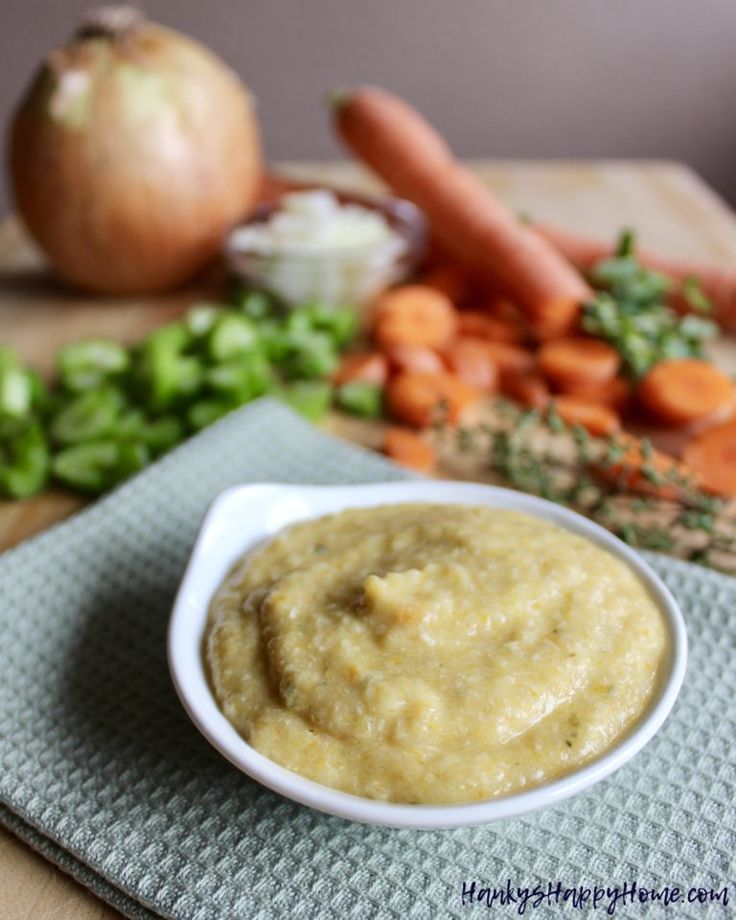 The skin of apricots is colored bright yellow or bright orange, often there is a red blush. Ripe apricots should be tight and firm, looking round and full. Apricots tend to spoil quickly, so it is better to choose fruits without flaws and dents. However, mashed apricots are quite suitable for preparing various dishes, such as sauces, purees, jams or pastries.
The skin of apricots is colored bright yellow or bright orange, often there is a red blush. Ripe apricots should be tight and firm, looking round and full. Apricots tend to spoil quickly, so it is better to choose fruits without flaws and dents. However, mashed apricots are quite suitable for preparing various dishes, such as sauces, purees, jams or pastries.
Ripe apricots should be stored in an airtight container in a cool place. They can be stored in the refrigerator for a week, while at room temperature - up to four days. If the apricots are not ripe, they can be folded into a paper bag for further ripening until the fruit is soft. Ripening occurs up to three days, and unripe apricots can be stored at room temperature for up to five days. Overripe fruits are not suitable for storage, so do not delay using such apricots.
Pesticides and apricots
Dried apricots are often pre-treated with sulfur dioxide to preserve their color and nutrients. The presence of this substance can provoke an allergy or an asthma attack. When choosing dried apricots, you should pay attention to their color: if the fruits are amber or caramel in color, then most likely the fruits have been treated with substances.
When choosing dried apricots, you should pay attention to their color: if the fruits are amber or caramel in color, then most likely the fruits have been treated with substances.
In order to delay the fungus infestation of apricots during storage, the fruits are treated, disinfected or cooled with ice water with or without the use of fungicides. Also, most apricots are treated with pesticides against diseases and pests during cultivation. Recognizing a processed fruit is quite difficult, so it is worth taking measures to remove chemicals from fruits (fresh and dried) such as washing apricots under running water with a fruit wash, soaking fruits in water or soda.
There is a perception that the markets sell organic fruits that have not been chemically processed, or the processing of fruits was minimal and not as toxic. Therefore, it is recommended to purchase apricots in such markets.
Freezing apricots
Apricots can be frozen, but this product can only be used for compotes, baking.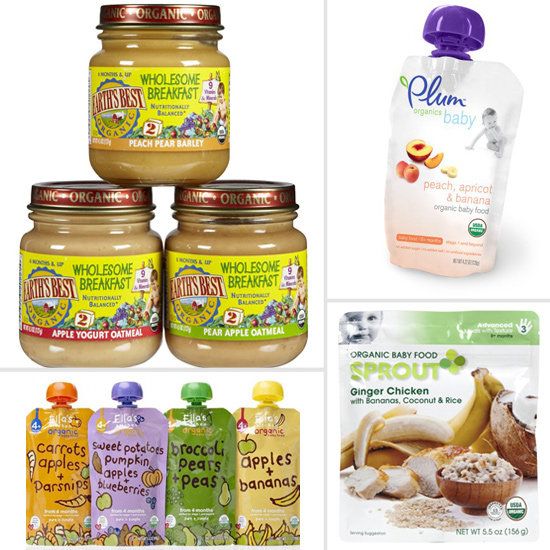 Frozen apricot puree tastes fresh and watery.
Frozen apricot puree tastes fresh and watery.
However, if you want to freeze an apricot, then you need to choose good ripe fruits that get rid of stones and are divided into 2 halves. These halves are placed in bags and frozen in quick freeze. The main thing is to freeze in a completely empty chamber and then immediately put it in an airtight bag and store only with other fruits. Apricots love to absorb foreign odors, so a fruit with a meat smell, I don’t think a child will like it.
Whole fruits can be frozen, but it is inconvenient to use the product with a stone in the future. You can also freeze apricot puree, both in large quantities and after complementary foods, for example, the remains of baby puree. The main thing to remember is that all frozen blanks are made without sugar. You can use frozen apricots in compotes, fruit drinks, kissels, with porridge, in pastries, etc. You can store a whole frozen product for about 1 year, and frozen mashed potatoes - 3 months.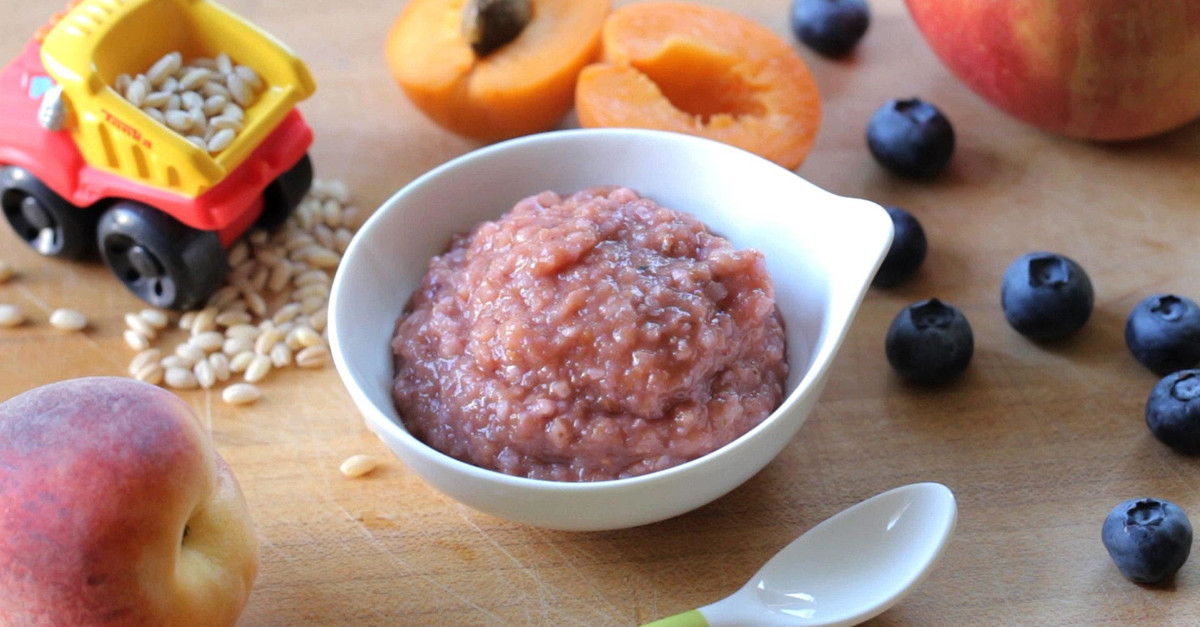 Defrost and refreeze is strictly not recommended.
Defrost and refreeze is strictly not recommended.
Dried apricot fruits
Modern dried apricot fruits are called dried apricots. You can buy it in the market or in a store, but its beautiful appearance is alarming. The fact is that when dried, apricots are sprayed with sulfur dioxide (E220), so this product is bright orange in color and does not darken. But children may have an allergic reaction to this substance, so it is better not to introduce a baby under 3 years old to store-bought dried apricots. However, everything happens in life, so if you want to feed your baby with beautiful bright dried apricots, then you should soak it for 20 minutes before use.
Also, if a child has received dried apricots, it should be taken into account that it can stick to the palate and teeth, which makes chewing difficult. Therefore, it is best to introduce the baby to dried fruit after 3 years, when he will not be able to choke and will calmly respond to food particles sticking to his teeth and palate.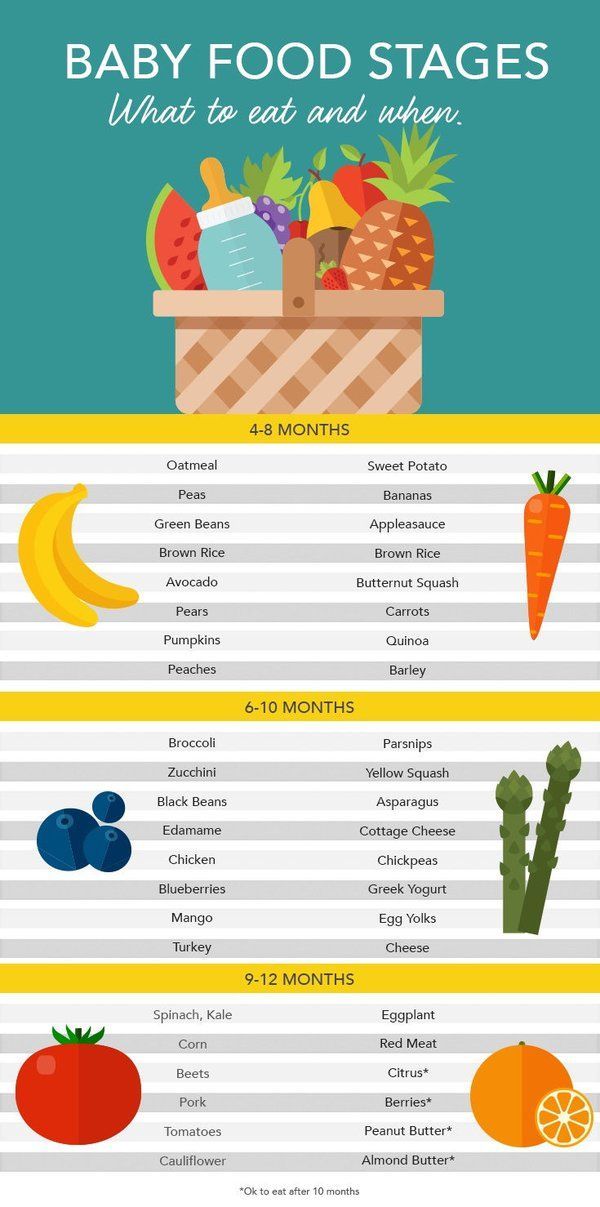
Dried apricot at home is more useful, unpresentable, dirty brick. From such dried apricots, amazing compotes are obtained, and in this form the fruit can be stored for more than one year. Although the shelf life is exactly 1 year, it can be stored at home for up to 3 years in glass jars, the main thing is to roast it in the oven once a year so that parasites do not start. It is parasites that reduce the shelf life of dried apricots, so it is worth taking it out and looking at it periodically, because if there is a hint of living creatures, the entire product goes into the trash can.
Canned apricots
Apricots do well in canning. You can make jam, marmalade, apricot puree and jams from them, but everything is cooked with sugar. Without sugar, apricot puree is fresh and should be stored in the refrigerator. But in its pure form, sugar-free apricot puree cannot be given to a child, so you should mix it with a banana, or something fresh. Canned apricots with sugar will keep for about a year.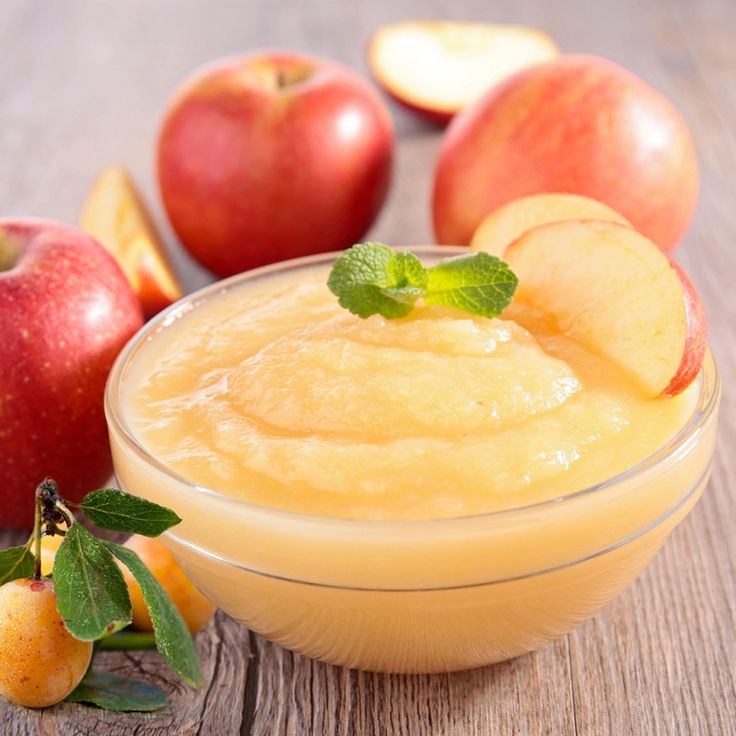
Contraindications
1). Since apricot contains a large amount of sugars, people with diabetes should not get carried away with this fruit.
2). You should not eat an apricot on an empty stomach: it can cause irritation of the gastric mucosa, as well as exacerbation of ulcers or pancreatitis.
3). When eating apricots, allergic reactions are possible, in particular in children. Therefore, it is necessary to introduce this fruit carefully, observing the reaction of the child's body.
4). It is not recommended to eat apricots after milk, fatty and hard-to-digest foods, as these fruits can cause indigestion.
5). Do not consume more than 15 apricots per day, as this can cause diarrhea, dizziness, decreased blood pressure and heart rate.
Preparing fresh apricot puree
To prepare one serving of puree, take about 100 grams of apricots, remove the stones. Then pour water and put to boil. If the fruits are ripe, then it is better not to add sugar, since apricots are quite sweet and contain easily digestible sugar.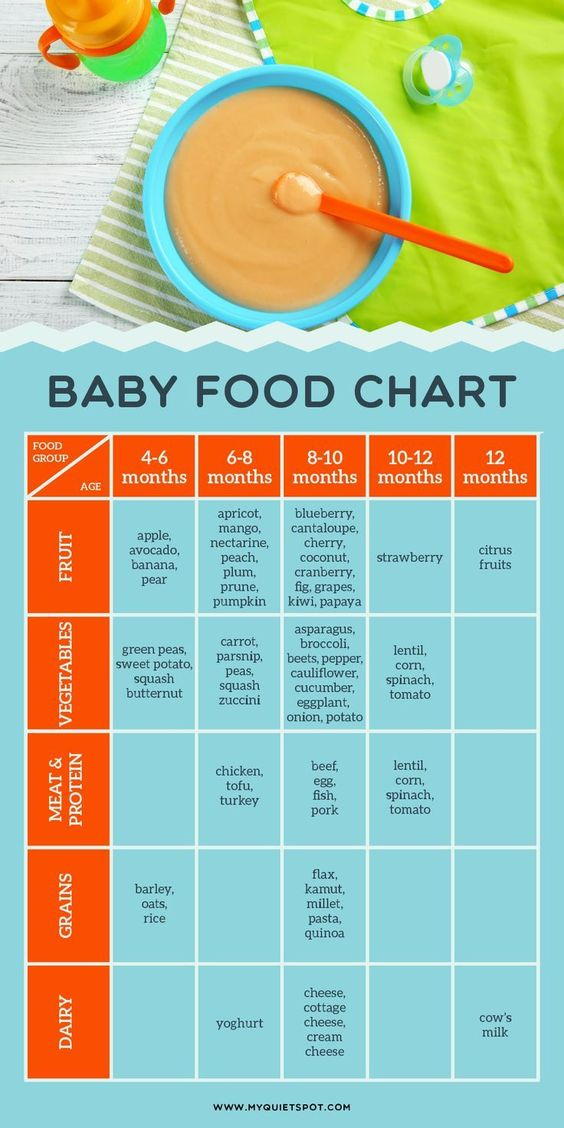 Cook for approximately 10 minutes. Put the boiled apricots on a sieve and wipe. Then bring to a boil again and cool. This cooked puree is suitable for single use. It is not recommended to keep it.
Cook for approximately 10 minutes. Put the boiled apricots on a sieve and wipe. Then bring to a boil again and cool. This cooked puree is suitable for single use. It is not recommended to keep it.
Proposed way of consuming apricot in baby food
Apricot in baby food should be offered in the form of baby puree, in any variety of pastries, with any cereals. You can also mix apricots with yoghurts and cream cheese. Use apricot jam or jam with pancakes and pancakes. Also, the sweet and sour taste of the fruit is ideal for meat, such as chicken. As a finger food, apricot is also suitable. You can choose ripe varieties that melt in the child's mouth and he will not be able to choke on them. You can also use an apricot in a nibbler until the baby has learned to eat in pieces.
Apricot pit
Apricot pit poses a danger to the child as he may choke on it. If a cherry or sweet cherry stone can safely pass through the esophagus and come out with feces, then a large apricot stone can get stuck. Therefore, up to 2-3 years old, a child should be given pitted apricots and gradually learn to extract the core on their own. After 3 years, the child is able to independently remove the stone and eat an apricot. Although, as I wrote earlier, it is still worth controlling the eating of stone fruit until the age of 5.
Therefore, up to 2-3 years old, a child should be given pitted apricots and gradually learn to extract the core on their own. After 3 years, the child is able to independently remove the stone and eat an apricot. Although, as I wrote earlier, it is still worth controlling the eating of stone fruit until the age of 5.
Apricot drink
Apricot drink can be given to a child after the fruit has been successfully introduced. You can cook your baby a regular compote of dried apricots, or juice with pulp, fruit drink or jelly. Compote is cooked, as usual, in boiling water we throw thoroughly washed dried apricots or fresh apricots and cook for 5 minutes. Sugar can be omitted, like apple compote, it will be sweet in itself. For juice, apricot puree is used, to which a little water is added for a liquid consistency and boiled for about 3-5 minutes. In any case, an apricot drink turns out to be tasty and sweet, without sugar.
Ready-made baby food
Apricot puree is more common commercially in pure form than banana.